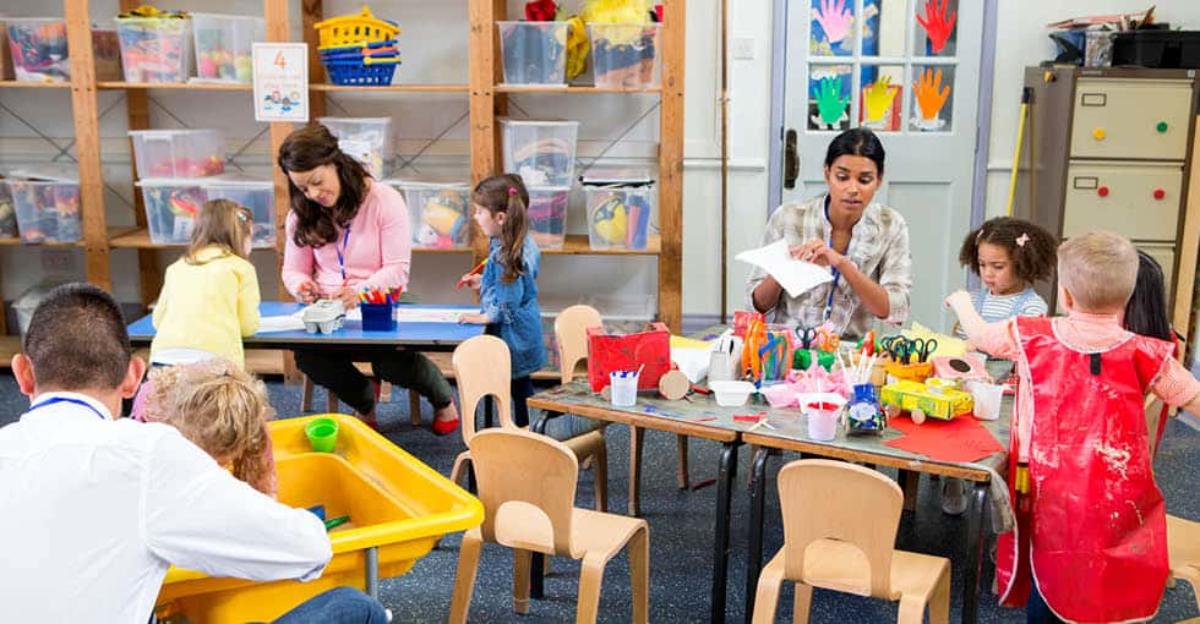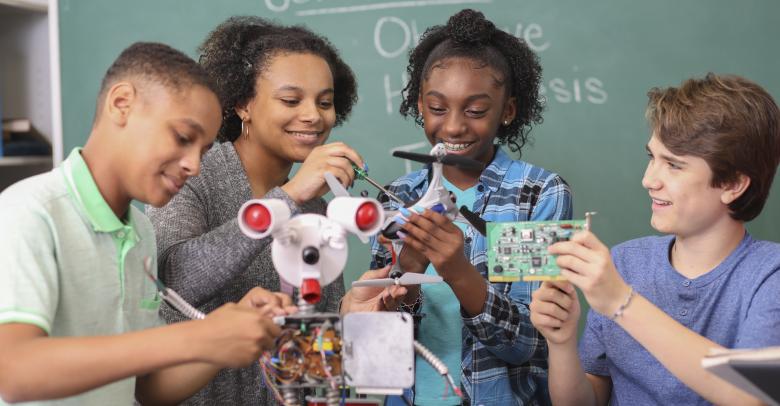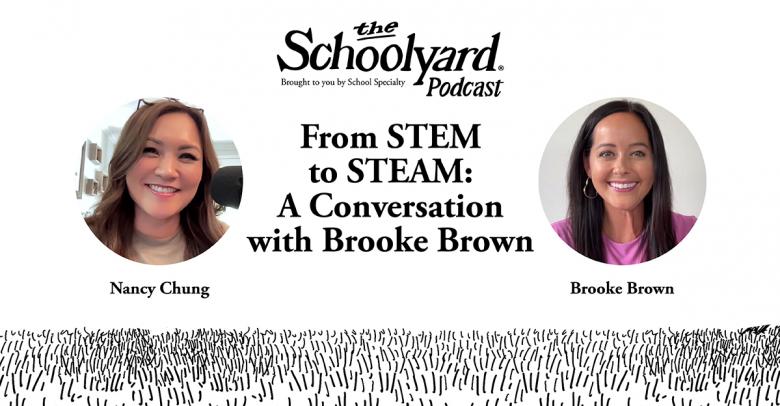Not only is a makerspace an investment financially, but using it the way it is intended requires an investment of time. This leaves many educators puzzling over where the time to utilize the makerspace fits into their daily schedule. When do students get to use the makerspace? How is makerspace scheduling organized? We hope to offer insight into how this has been done successfully, and give inspiration for how to incorporate a makerspace in your school.
When Do Students Get to Use the Makerspace?
Many educators find themselves at a loss for how to work makerspace time into an already crowded daily schedule. It’s been a popular topic for quite a while, but to make the investment, many educators would feel more comfortable with a plan of action. So how do schools use their makerspaces?
Planned Makerspace Time:
In some cases, makerspace time is a dedicated part of a lesson plan in a specific class or time of the day. Teachers can use the makerspace to support a lesson plan or build a lesson plan around using the tools in the makerspace. In these situations, the makerspace is usually located in an open area of the school such as the library. Teachers schedule time for their class to use the space and the tools inside. This allows students to take on a specific challenge and focus on it fully, but can also lead to less effective tinkering with an “end of class” deadline looming.
Makerspace During Free Time:
Another popular method is to offer the makerspace is an option for using free time. Some schools offer a pass to the makerspace whenever there is a free period, indoor recess, or all other classwork has been completed. This method often results in small bits of time throughout the day or week, and can make it difficult for students to complete full projects, as they are often interrupted or forced to leave the makerspace.
How Often Should I Schedule Makerspace Time?
How often you are able to utilize a makerspace depends entirely on the method in which you use it. If you choose to use the makerspace as a way for students to make the most of free time, then scheduling makerspace time is made simpler. Students can take advantage of their free time to work on projects, and you even have the choice to incorporate makerspace time as a reward for good behavior.
However, if your intention to use the makerspace is to have it fit with a lesson plan or specifically chosen challenge, the scheduling may take a bit more brainwork. Not only will teachers need to communicate when they want to be using the space, but there will also be differing levels of interest from educators in specific areas. While the science and art teachers may want to use the makerspace weekly, other teachers may not be as motivated or interested. The key to properly managing a makerspace is in ensuring that those who are interested in using it are able to do so.
Here are some things to consider:
- Are there more independent students who want to use the makerspace to complete projects of their own design?
- Do you offer brain-stretching challenges for students who might need inspiration?
- How many students can effectively and safely use your makerspace at one time?
- Are there enough tools and supplies in your makerspace for the number of students interested in using it?
- Have you considered students with special needs in the design of your school’s makerspace?
When examining your makerspace and the scheduling process, the conversation should start with the teachers in the school. Not only do they have the best insight into the type of makerspace time would best benefit their students, but also the amount of free time available to their students.
Learn More About Building a Makerspace Online
If you are interested in learning more about the process of starting a makerspace or the tools available for stocking and restocking your school’s makerspace, follow the link below. We’re your one-stop-shop for makerspace ideas, inspiration, and resources.






Leave a Reply